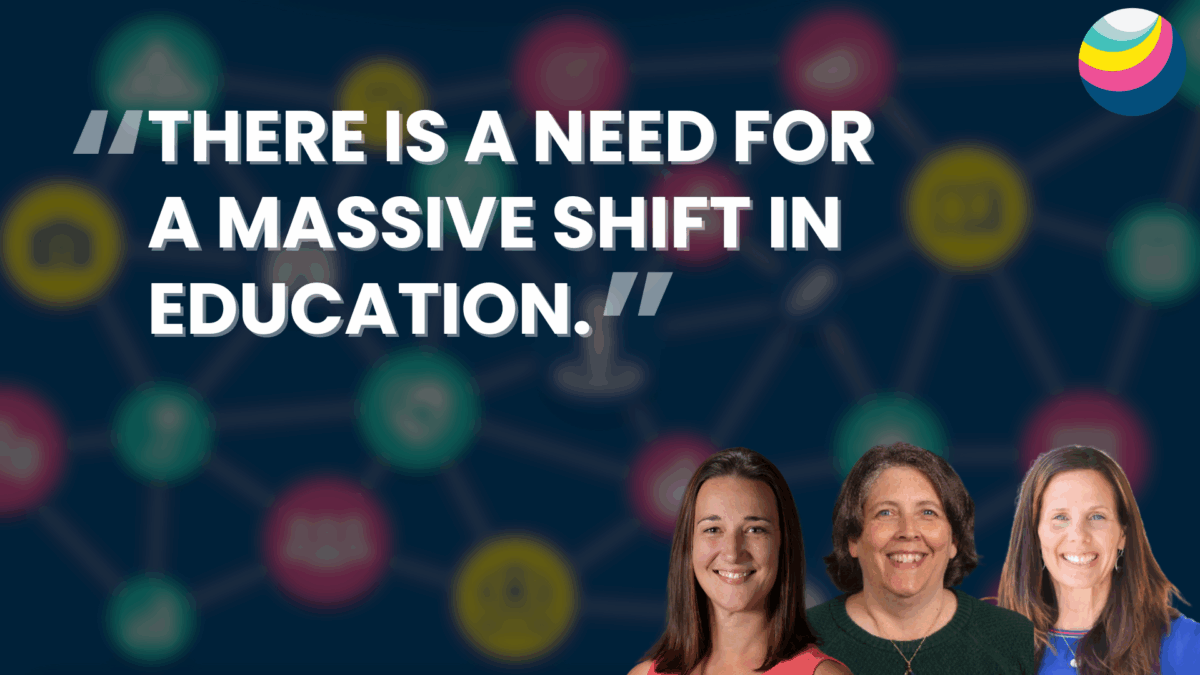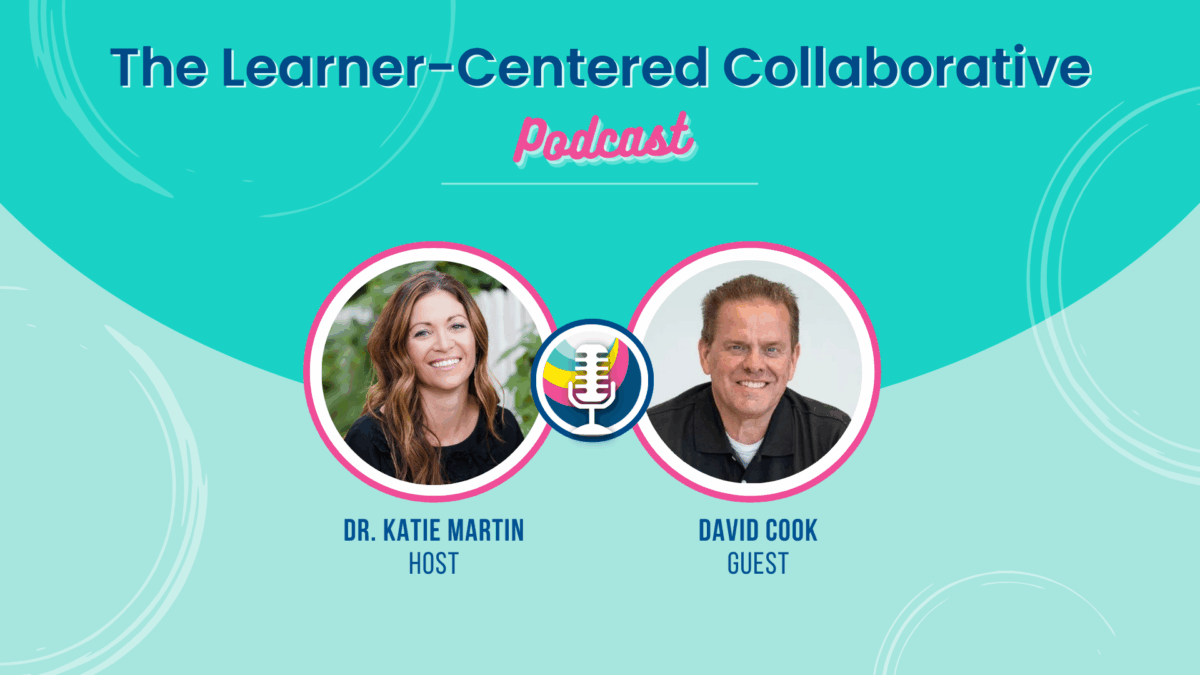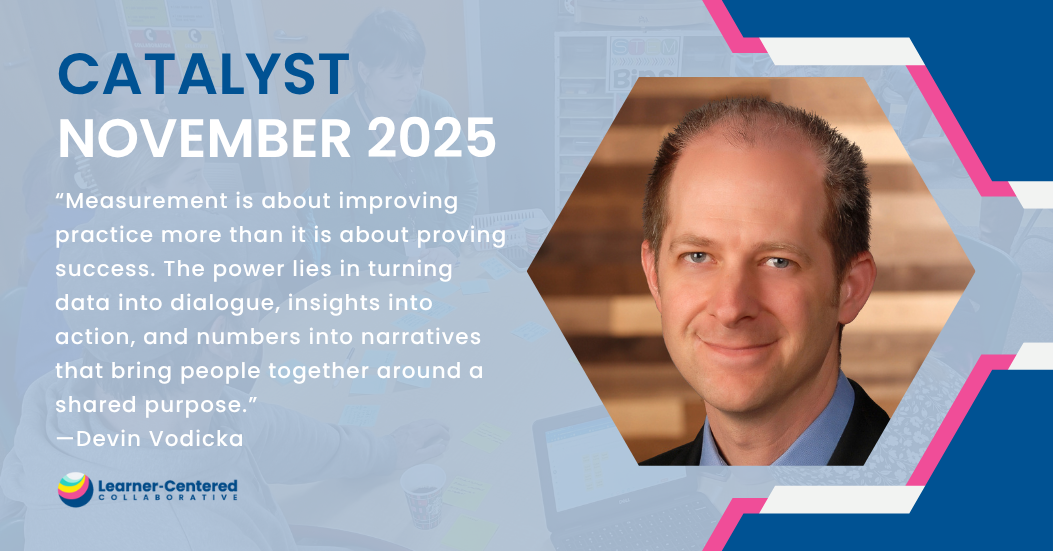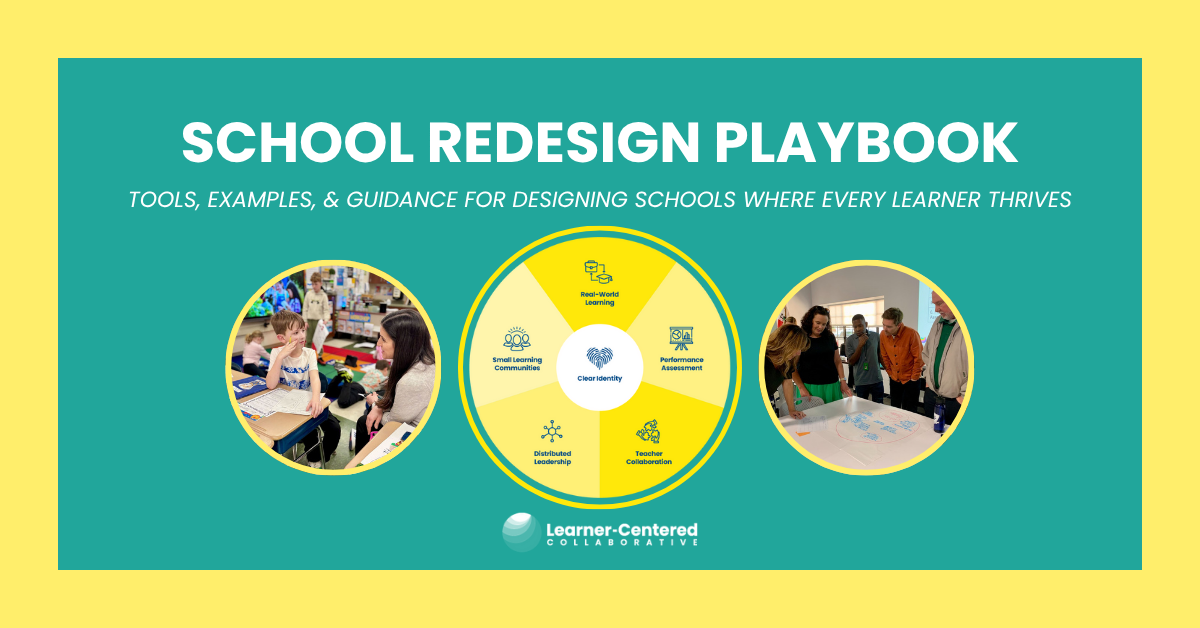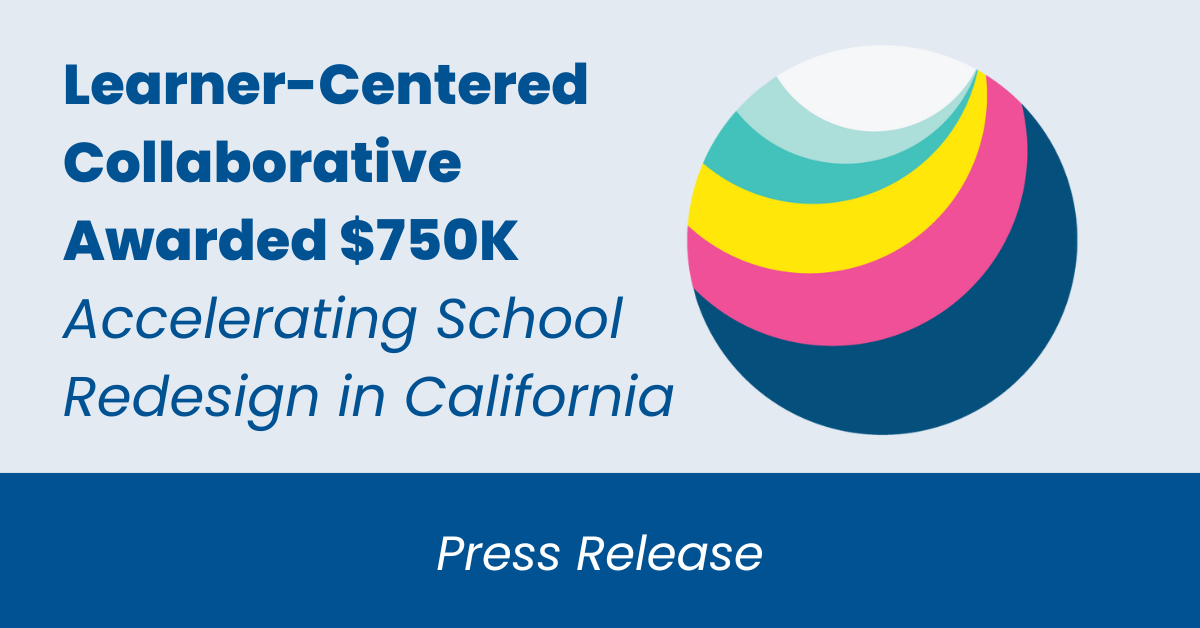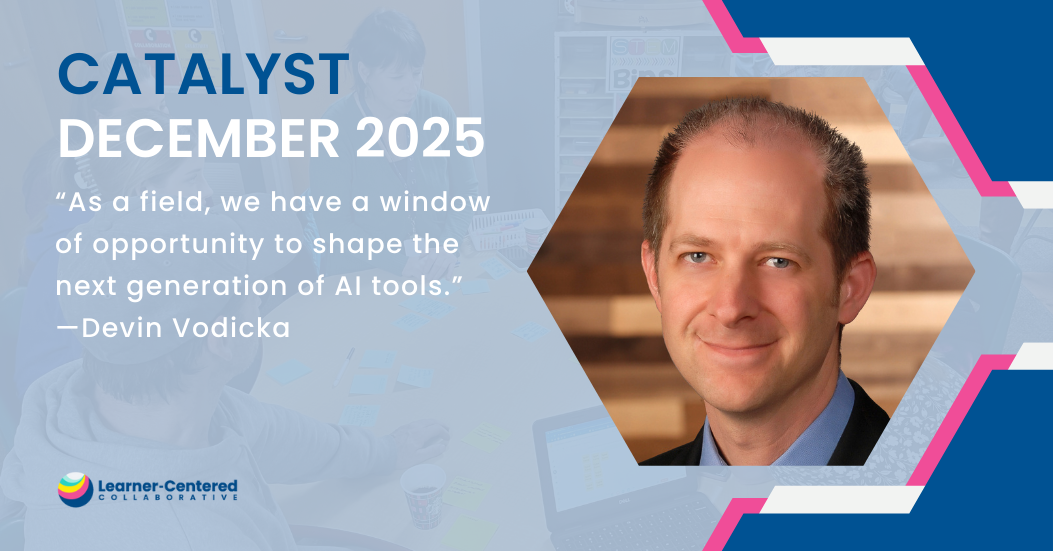Overcoming Objections to a Competency-Based Approach
What if you could reap the benefits of a competency-based approach by overcoming its common objections? A competency-based approach pivots away from traditional grades on assignments to measuring mastery of whole-child outcomes—the specific skills, habits, or dispositions we want learners to develop. The goal of a competency-based approach is to measure what matters, but there are objections to be addressed.

Objection 1: Students won’t do homework or classwork if it’s not graded
Let’s first ask ourselves, “What is the purpose of classwork and homework, anyway?” We want students to learn. In a traditional model, the goal of classwork and homework is often just to complete a task; points are given based on completion. However, are students actually motivated by a grade? In most cases, no. In fact, there is ample research that suggests grades do the opposite. Let’s explore two approaches that will lead to the desired outcome of more student learning.
Approach 1: Focus on feedback
In a competency-based system, feedback on formative work is the backbone. When we reframe how we view formative practice (classwork and homework), we suddenly expect students to “swing and miss” a few times before getting it right. Don’t punish the natural learning process with a low score, or worse: miscommunicate success to the learner by giving a 100 for completion. Instead, celebrate the attempt with feedback to empower the learner to do better on their next try.
- Keep your feedback short and actionable.
- Avoid generalizations such as “good job.”
- Expand your thinking about who provides feedback; focus on building students’ self- and peer-feedback skills.
Approach 2: Leverage mastery on formatives as a way to unlock summative assessments
What if students weren’t able to attempt summative assessments until they’ve demonstrated mastery of the formative assessments? The motivation for doing the formative work would shift. It would no longer be compliance-driven; there would be an actual reason to do it (and redo it until they master it).
With these two approaches, you can unlock not just a competency-based approach, but also the possibility to redefine your relationship with your learners. A competency-based approach honors each step of the learning process, supports a growth mindset, and nurtures learner agency by empowering students to recognize and advocate for what they need.
Check out 3 ways for students to get and give meaningful and timely feedback.
Objection 2: Students will intentionally not prepare for tests, and then retake them ad nauseum
How effectively are students currently preparing for tests? Are their approaches working? Research suggests they aren’t. Why do we want learners to re-attempt summatives if they don’t demonstrate mastery the first time? We want them to learn. So, with that end in mind: what approach will lead to that outcome?
Approach 1: Perceive multiple attempts as a positive, not a negative
Imagine a learner in your class didn’t demonstrate mastery on their first summative attempt. In a traditional model, the class moves on to the next unit. That student’s gap in understanding goes unfilled. What if instead, we responded with: “Whew! Let’s revisit. I’m not sending this learner into Algebra 2 with gaps in their Algebra 1 foundation!” View re-attempts as a way to support learning, and consider these strategies to make it scalable:
- Create open-ended assessments, so multiple versions aren’t needed if a student needs to re-attempt.
- Design in-class time for re-assessment
- Create routines to nurture learning between summative attempts. Example: learners must demonstrate mastery on the formative assessments before re-attempting a summative.
- Provide an exemplar (or even a subpar example) and ask students to assess the work using your rubrics. Build students’ muscles to self- and peer-assess.
- Prioritize the previously-missed skills during a re-assessment, rather than redoing the entire assessment.
Approach 2: View each learner’s mastery as more important than lock-step pacing
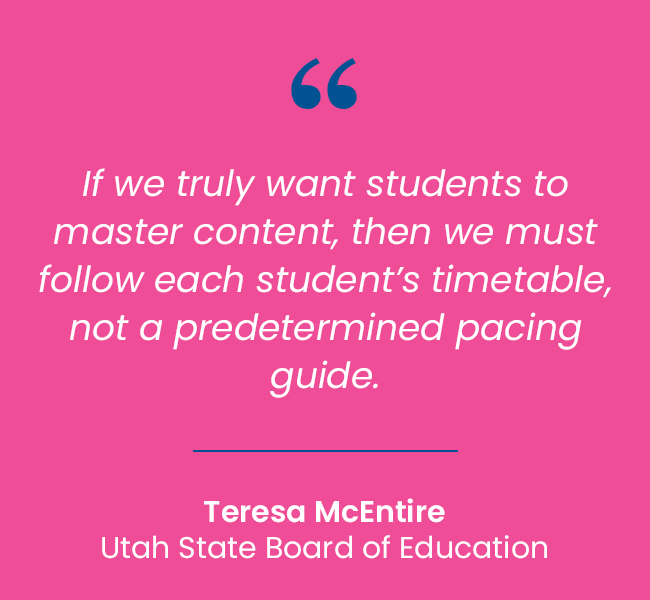 Proceeding through a fixed pacing guide prioritizes what a teacher teaches over what each learner learns. A competency-based model flips this paradigm to prioritize learner mastery over everything else. The course objectives, be them standards, competencies, or otherwise, are fixed. The time each learner spends mastering them is variable. Flexible pacing is a spectrum. In some classrooms it means individual learners (in collaboration with their educator) on their own path; in other classrooms, it is flexible groups of learners. However you choose to vary the pacing in your classroom – choice boards, jigsaws, stations, etc – do it in service of each learner’s mastery.
Proceeding through a fixed pacing guide prioritizes what a teacher teaches over what each learner learns. A competency-based model flips this paradigm to prioritize learner mastery over everything else. The course objectives, be them standards, competencies, or otherwise, are fixed. The time each learner spends mastering them is variable. Flexible pacing is a spectrum. In some classrooms it means individual learners (in collaboration with their educator) on their own path; in other classrooms, it is flexible groups of learners. However you choose to vary the pacing in your classroom – choice boards, jigsaws, stations, etc – do it in service of each learner’s mastery.
To conclude, competency-based education is widely misunderstood, yet when specific objections are examined, we see this approach honors each child’s natural learning process at their just-right pace. When we ask ourselves “Why a competency-based approach for learners?” I respond, “because we want them to learn.”
Whether you are just getting started or looking to deepen competency-based practices our team can support your work. Get in touch to discuss assessment in your context.

